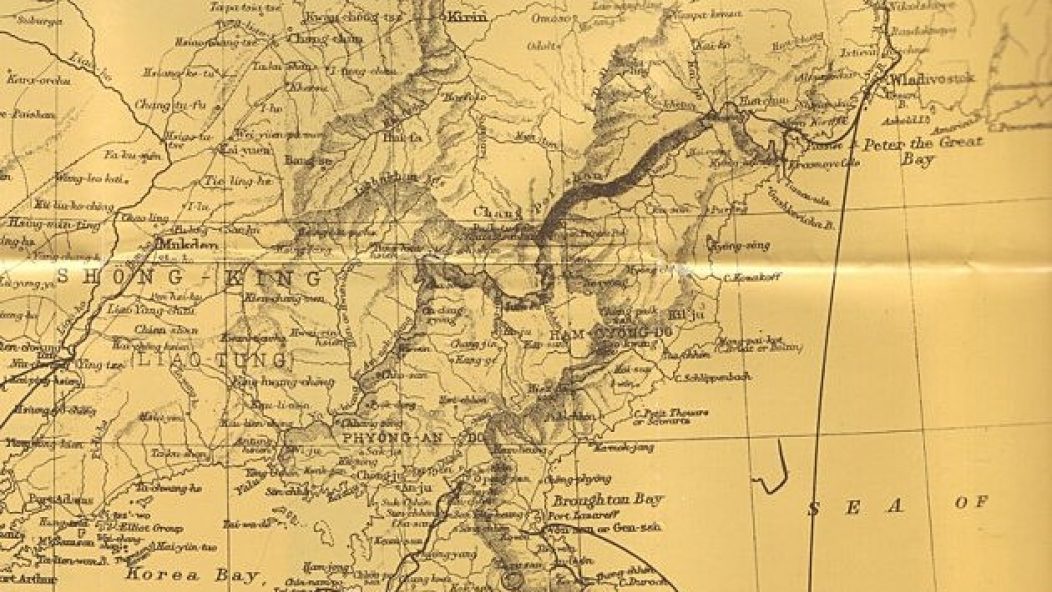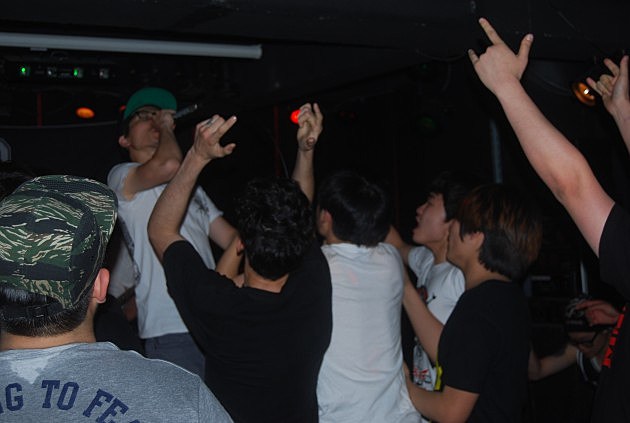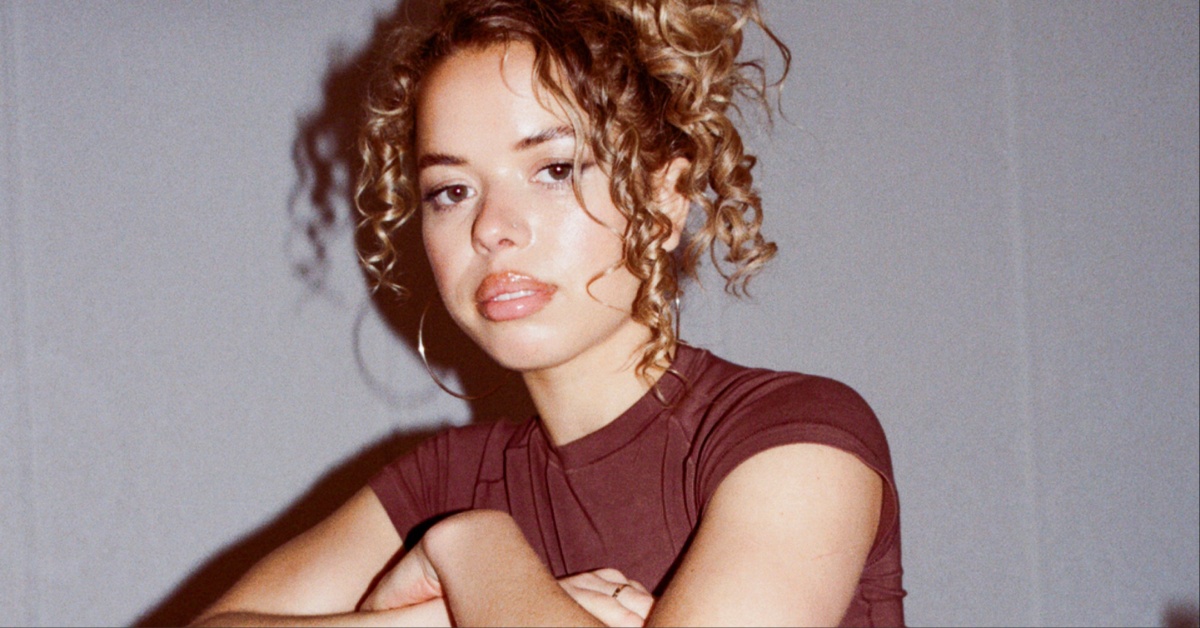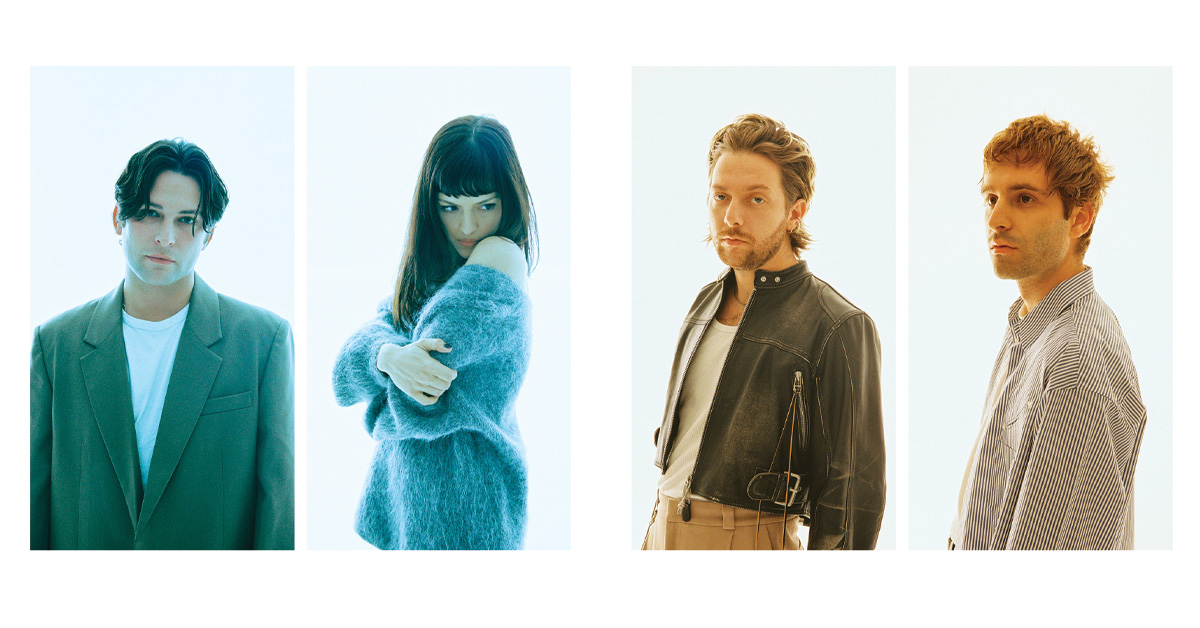
A History of South Korean Metal and Hardcore Punk Part 2.
…
PART II: THE EMERGENCE OF METAL AND PUNK
…
This is the second of a three-part article chronicling the history of extreme music in South Korea.
Read Part I here.
…
During the mid-’80s—unpredictably, during a time of censorship—Korea saw its first heavy metal bands with Boohwal forming in 1985, Sinawe forming in 1986 and Baekdoosan forming in 1986. Park Chung-hee, the authoritarian president during the time, had secured his position through problematic means, left a lot of the Korean public unsatisfied and up in arms. Civil protests were conducted, students rallied, and all the while rock n’ roll and heavy metal bloomed simultaneously.
Sinawe is credited as being the first heavy metal band formed in Korea. It was founded by Shin Dae-cheol, Shin Jung-hyun’s son. These early heavy metal bands followed suit of the New Wave of British Heavy Metal. Blackhole appeared in 1996 as a power metal band with more sorrow in their melodies. These original metal bands even fared well financially, selling hundreds of thousands of records in some instances.
…
Sinawe
…
“However, the rock genre was never perceived positively. Under the strong influence of Confucianism, rockers in the ’80s were perceived as long-haired trouble makers who only enjoyed smoking and drinking. Falling completely in love with music, especially heavy metal and other rock genres, was risky business in a culture where the goal of most people is focusing on getting a job after graduating from one of the top universities,” explained Jang Jae-won of Goatphomet.
…
In Baishan
…
Lee Yu-ying of toilet humor grind act Cunttlefish said, “Metal was famous music in the ’80s in Korea. So many guys got into thrash, heavy metal and hair metal. Then came punk on mainstream, public radio and TV. We dug deeper and deeper and I finally found the goregrind scene while others got into D-beat, black thrash and doom.”
Jon Dunbar, a photographer and writer for blog.korea.net, said, “From around 1975 up until the early ’90s, Koreans didn’t have access to foreign music. Once that ban was lifted with the election of a civilian government, they could listen to anything they wanted and find it for free online.” Dunbar has been a member of the Korean punk scene for some time. “My first show was in December 2003. Back then the scene was all very small and connected. There were 14 bands for 10,000 KRW (9.50 USD). The show was organized by the main punk label Skunk and the main hardcore label GMC,” he said.
Absent from the stream of new music was historical linearity. The current music scene from the outside world had no evolutionary frame for Koreans hearing it for the first time. Generations and eras of music were obtainable at once. Koreans scrambled to embrace the new sounds and retain their individuality as Koreans.
“Some bands sounded similar to foreign artists—which is a good thing—and some bands added some Korean flavor to their sound. Some examples would be Dokaebi (도깨비 , death metal with Korean chanting as lyrics), Gostwind (a nice example of Korean folk metal), Bamseomhaejeokdan (밤섬해적단 , grindcore with Korean topics and humor), and Tugyeon (투견, sludge metal with a Korean vibe),” said Lee Hwan-ho, who runs Avaddon Records as well as being a member of Mangnani.
…
Gostwind
…
By the ’90s a second wave of metal formed. It included bands like brutal death metal band Seed (1996) in the strain of Autopsy, and crossover band Crash (1989), who took considerable influence from foreign death and thrash metal bands. Sad Legend (Seoul) appeared in 1996, showcasing a new doom metal sound that took note from Blackhole.
…
Crash
…
“The 1990s was the ripening age of the Korean heavy metal scene. Many concert halls such as Metallica in Shinrim-dong and Drug in Hongdae were built in addition to the more popular Rolling Stone in Shinchon. The perception of rock music became much more positive than the ’80s and the ’90s, but people still saw it as hobby rather than a job,” said Jang Jae-won.
The punk rock scene found root during this time as well with Crying Nut (1995) and No Brain (1997) offering a similar style to bands like NOFX. Rux (1996) was one of Korea’s first street punk bands. Some groups branded themselves “Chosun” or “Joseon” punk, after the Korean Kingdom that spanned from 1392 to 1897, to differentiate Korean punk from other genres. Rux later played on one of Korea’s many talent shows and was banished after members exposed themselves to the the crowd.
…
Rux
…
“Extreme metal also became popular in the ’90s and introduced death metal and black metal bands. Their performances were just as expressive as foreign bands. For example, the black metal band Kalpa wore corpse paint makeup, inverted cross neck chains and spikes like Scandinavian metal bands,” said Jang Jae-won.
…
Kalpa
…
Crash, who later experimented in melodic death metal, originally took influence from Kreator and S.O.D. The band experienced moderate publicity, being better known among young people and finding international fans. They have worked with producer Colin Richardson (Carcass, Bolt Thrower, Cannibal Corpse) and recorded D. R. I.’s “Acid Rain” for the tribute album We Don’t Need Society.
The solo artist Lee Hyun-suk began recording progressive rock and metal that evolved overtime in flair and liveliness, ranging from the more classical stylings of Yngwie Malmsteen to the avant-garde sounds of Mick Barr.
…
Sad Legend
…
“Loud music [in Korea] is based in Western bands like Motorhead, Venom, Blasphemy and Black Sabbath. We were never proud to be adding anything traditionally Korean to our music. It would sound weird, but that doesn’t mean we are going to imitate other bands. I think every band just plays what they really like,” says Lee Yu-ying.
“Blackhole, who debuted in late ’80s and are still active, is one of the original Korean style metal bands who have implemented national characteristics and lyrics in their songs. Tokkaebi, whose name comes from a ghost in Korean traditional folktales, use themes like astrology, incantations and folk beliefs from the Joseon Dynasty. There’s also strong nationalism in the black metal scene with bands like Oathean and Sad Legend who wrote songs about the horrible pains and deaths of Korean comfort women—sex slaves of the Japanese army during World War II—and used Korean traditional instruments, melody and scales to create new sounds,” elaborates Jang Jae-won.
…
Black Hole live in 1997
…
…
Tokkaebi
…
Oathean formed in Seoul in 1993, originally playing death metal under the moniker Odin. They play depressive, melodic black metal with tangible operatic elements borrowed from Cradle of Filth and Hecate Enthroned.
…
Oathean
…
In 1999, the hardcore punk band The Geeks—who released a new album in 2014 entitled Still Not in This Alone, a tip to Youth of Today— formed, introducing the country to the youth crew subgenre, originating from the New York scene, and the straight edge subculture, which is still very uncommon in the Korean underground, as Korean social constructs promote heavy drinking pastimes. Things We Say picked up on the youth crew sounds and added more crossover elements of thrash.
…
…
…
Things We Say
…
A large number raw and ambient black metal bands have surfaced on the Internet and refrained from playing live shows. Many of these surreptitious black metal bands have little to no contact information and release music through false names in order to retain the secrecy of their identities. Furthermore, many of these bands are one man projects. Mushin Chui, under the name Apparition (1999), released the primitive demo In the Name of Chiu, which sounds similar to Craft’s early albums. Apparition changed their name to Taekaury in 2014. Bloody Lamb plays Mutiilation-style, discordant riffs with lo-fi vocals. Nocturnal Damnation, formed in Seoul in 2010, play incomprehensible black metal with prominent, guttural vocals. The only members of the band go by the names Bestial Desecrator of Sexual Fornications and Goetic Ritual, and P. Also having formed in Seoul are theatrical, symphonic black metal band Dark Mirror Ov Tragedy (2003) who released The Lunatic Chapters of Heavenly Creatures and focus their lyrical content on depression.
…
Nocturnal Damnation
…
…
Bloody Lamb
…
A goregrind band with heavy toilet humor themes, Cunttlefish formed in Seoul in 2011. Cunttlefish has even less of a following, grind being one of the less popular genres to exist on the Korean peninsula. Vocalist Lee Yu-ling, branched out with melodic death metal band Terrormight from Seoul and found more publicity with a more accessible genre, while other members went on to form mid-tempo grind-inspired death metal band Sulsa, which means diarrhea in Korean.
…
Sulsa
…
By the early 2000s, more death metal groups emerged, such as Axcutor from Daegu and Necramyth from Seoul, who famously utilized Woods of Ypres drummer David Gold (1980-2011) during his stint as an ESL teacher. Metal bands would mostly trek to Seoul in order to find venues with willing fans, or to Busan—Korea’s second largest city—where Club Realize, run by Gwamegi vocalist Bae Jin-su, is located.
…
Necramyth
…
Drug Records and Skunk Label were established and helped promote and record the Seoul punk scene during the late 1990s. Double A Studios and Club Drug were some of the first venues that allowed punk shows. Club Spot was established later.
“In the late 90s and early 2000s there were few venues in Hongdae (Seoul) that promoted metal, punk or indie rock, but a few big bands like Megadeth, Slayer and Dream Theatre played at the big Olympic Hall,” said Yu-ying.
The early 2000s provided few new venues for hardcore and metal shows. Rental spaces were used and promoters lost money, but new venue Skunk Hell opened in 2004, making it easier to accommodate shows with increased frequency.
Underground albums are rarely found in music stores in Korea unless they’re more radio-friendly punk rock bands, like Crying Nut, who recorded a theme for the Korean soccer team during the 2002 FIFA World Cup. Metal and hardcore bands generally have an album release show and do not press records afterwards, posting music online to download or for free on websites such as Bandcamp.
…
Crying Nut
…
However, rock and it subgenres and offshoots (including metal and hardcore) never became the dominant form of popular music in South Korea.
During the early 1990s, the soon-to-be omnipresent wave of K-pop emanated as well, consuming popular favor with simple pop melodies and aesthetic ideals including light shows, choreography, lip-synching and plastic surgery. By the mid-2000s, the genre expanded to greater audiences overseas and, in recent years, it has generated billions of dollars in revenue, making it one of Korea’s most lucrative exports.
K-pop quickly infiltrated all aspects of life in Korea, becoming an industry all its own, with celebrity K-pop stars appearing to promote product placement, on television shows and in film, effectively advertising to the new, technologically savvy, financially sheltered generation of Koreans. Demand for alternative music suffered. The developing punk and metal scenes waned when K-pop became widespread and was further aggravated by Korea’s heavy social constraints, dismantling many up-and-coming acts.
…











